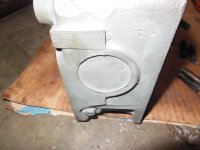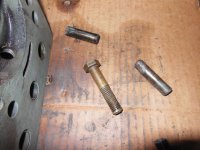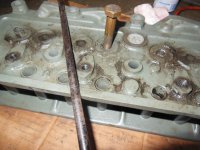-
 Hey there Guest!
Hey there Guest!
If you enjoy BCF and find our forum a useful resource, if you appreciate not having ads pop up all over the place and you want to ensure we can stay online - Please consider supporting with an "optional" low-cost annual subscription.**Upgrade Now**
(PS: Subscribers don't see this UGLY banner)
TR2/3/3A Rebuilding a cylinder head
- Thread starter sp53
- Start date
Share this page
Similar threads
Similar threads
-
-
-
-
-
-
-
-
-
-
-
-
-
-
TR2/3/3A What type of valve to use when rebuilding the head?
- Started by Joel Lester
- Replies: 10
-
-
TR2/3/3A Rebuilding an Engine?..New Cam Sprocket & Gear...1/2 Price
- Started by karls59tr
- Replies: 0
-
-
-
-
-
-
-
-
-
-
General Tech Rebuilding the Engine--a few practice pointers [for me]
- Started by KVH
- Replies: 11
-
-
-
-
-
-
-
MGB Is it worth doing the Shock Conversion Kit or Rebuilding Exsisting shocks?
- Started by CZ_Dave
- Replies: 16
-
-
-
-
-
-
-
-
-
-
-
-
-
-
-
-
-


 smilie in place of the real @
smilie in place of the real @
 Pretty Please - add it to our Events forum(s) and add to the calendar! >>
Pretty Please - add it to our Events forum(s) and add to the calendar! >> 





 A friendly reminder - be careful what links you click on here. If a link is posted by someone you don't know, or the URL looks fishy, DON'T CLICK. Spammers sometimes post links that lead to sites that can infect your computer, so be mindful what you click.
A friendly reminder - be careful what links you click on here. If a link is posted by someone you don't know, or the URL looks fishy, DON'T CLICK. Spammers sometimes post links that lead to sites that can infect your computer, so be mindful what you click.